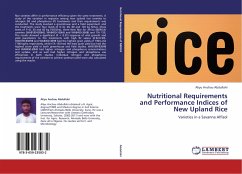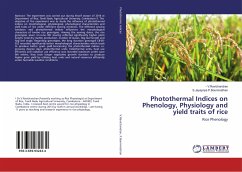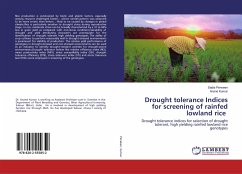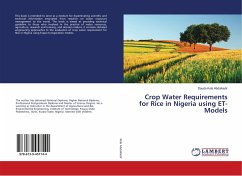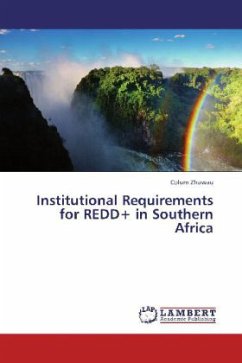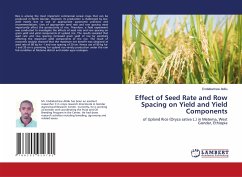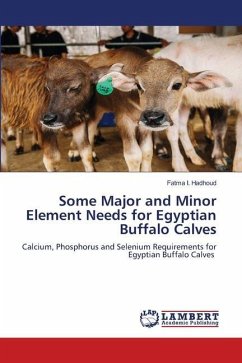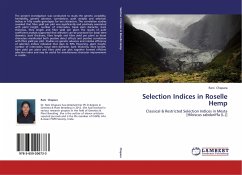Rice varieties differ in performance efficiency given the same treatments. A study of the variation in response among new upland rice varieties to nitrogen (N) and phosphorus (P) treatments and their requirements was conducted. The study involved a greenhouse and a field experiment and the treatments were four levels of N (0, 40, 80 and 120 kg N/ha), three levels of P (0, 30 and 60 kg P2O5/ha), three New Rice for Africa (NERICA) varieties (WAB189-B38HB, WAB450-160HB and WAB450-38HB) and ITA 150. The results showed a significant (P 0.01) response of vital growth and yield parameters to the treatments with high R2 values (0.92-0.99). WAB189-B38HB and WAB450-38HB had the highest grain yields of 1904 and 1708 kg/ha respectively, while ITA 150 had the least grain yield but had the highest straw yield in both greenhouse and field studies. WAB189-B38HB and WAB450-38HB had higher nitrogen and phosphorus concentrations and uptake, and as well had higher nitrogen and phosphorus use efficiencies in both studies. Individual nitrogen and phosphorus requirements of the varieties to achieve optimum yield were also calculated using the results.
Bitte wählen Sie Ihr Anliegen aus.
Rechnungen
Retourenschein anfordern
Bestellstatus
Storno

